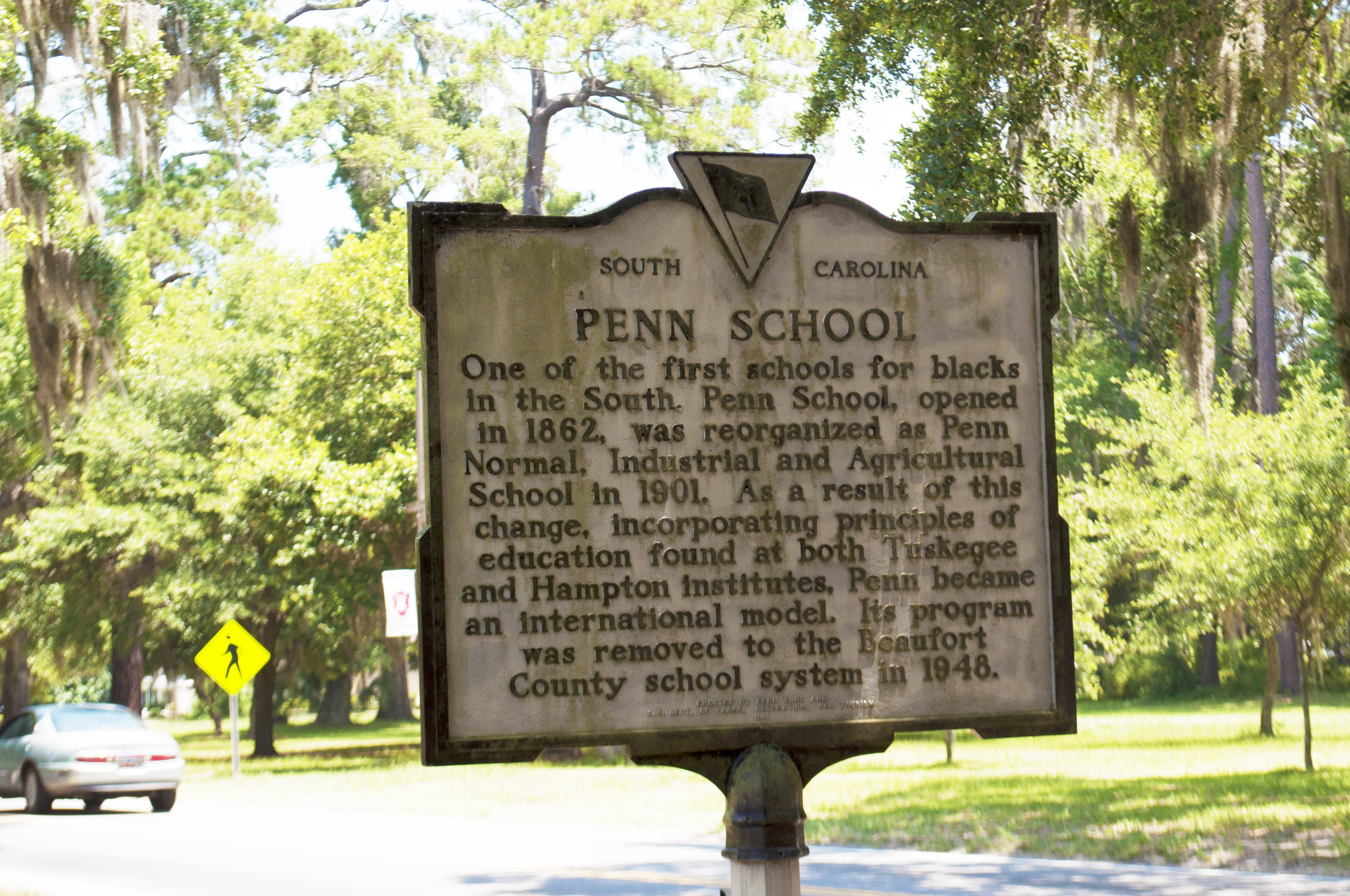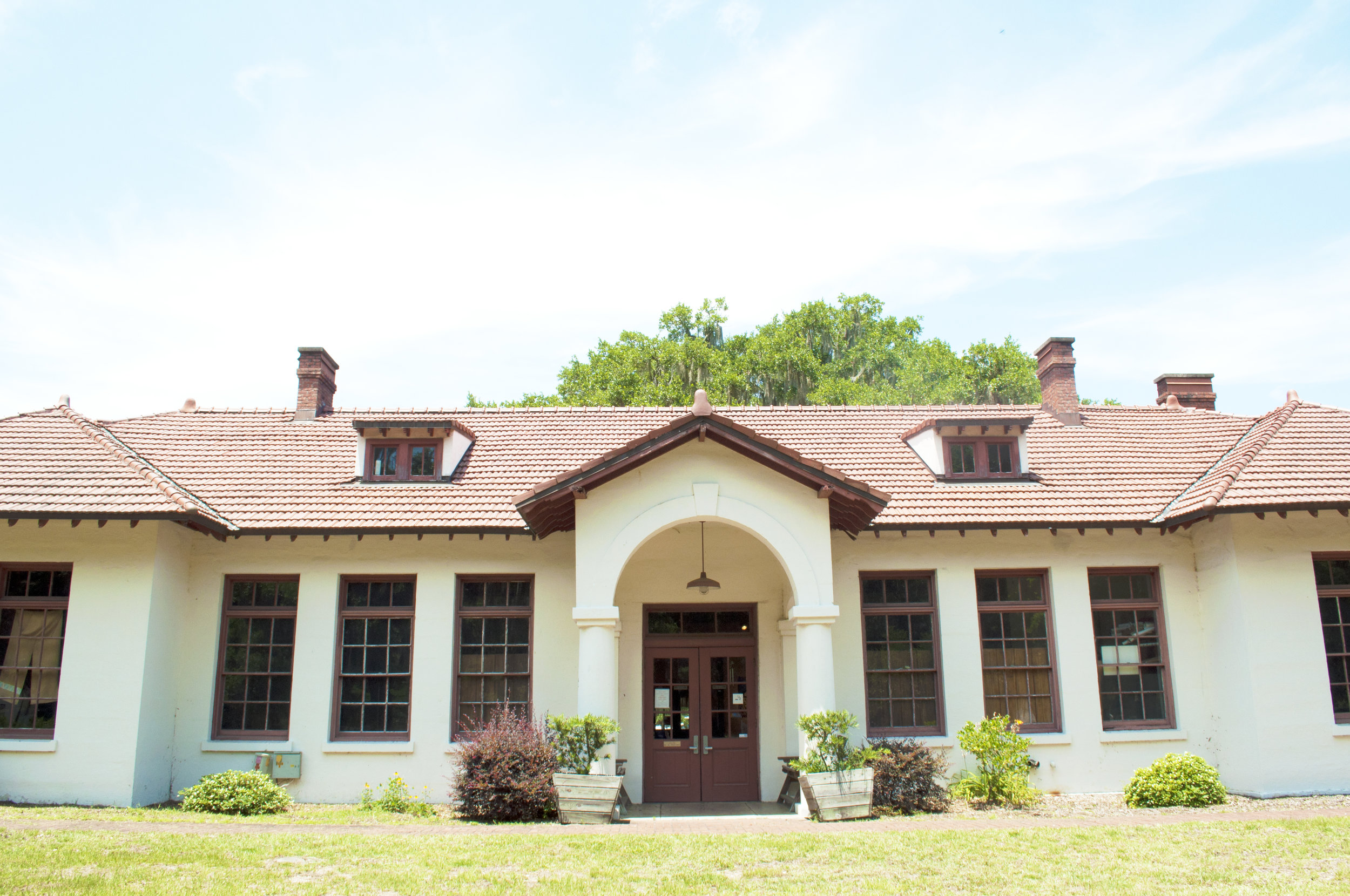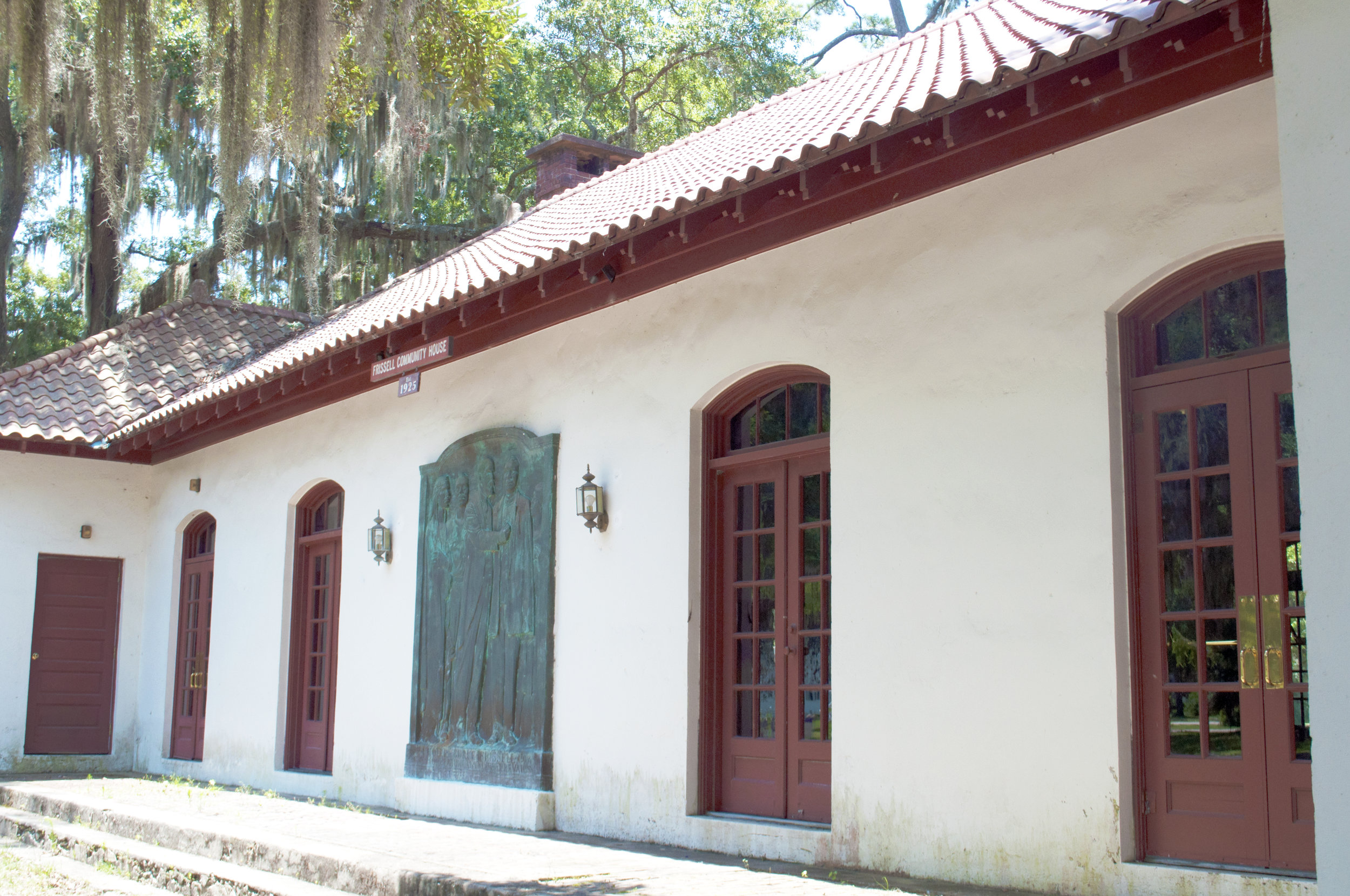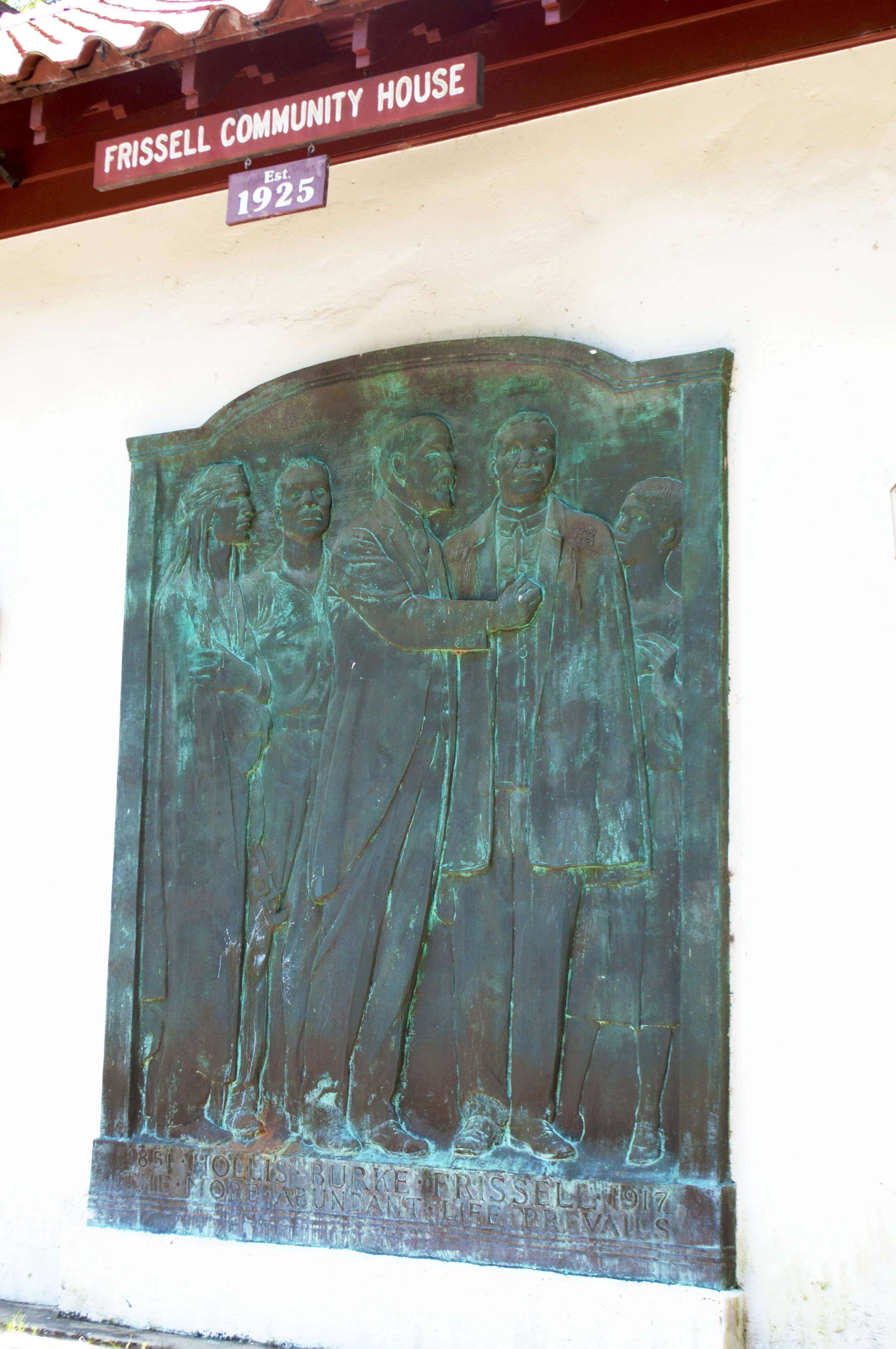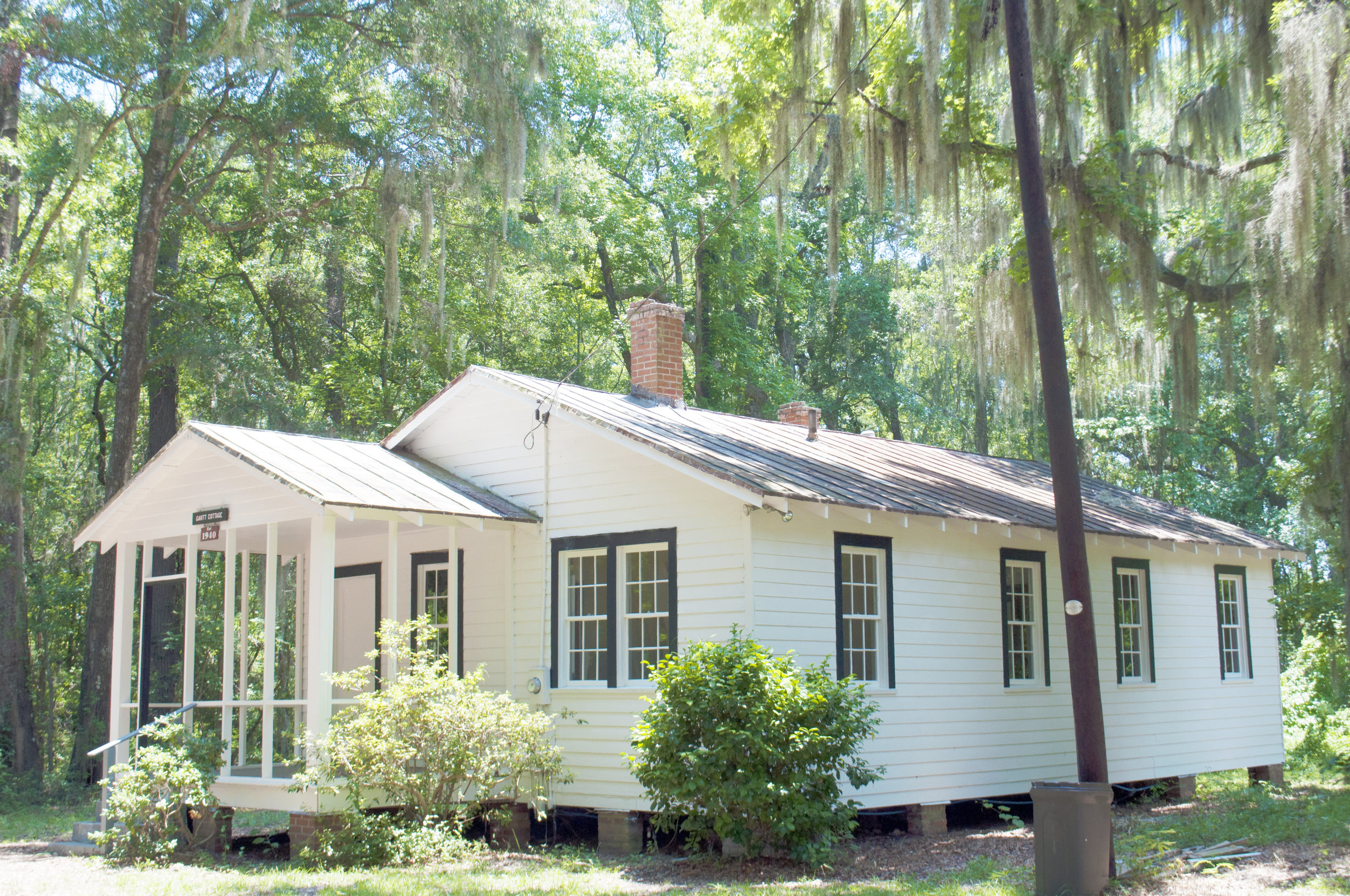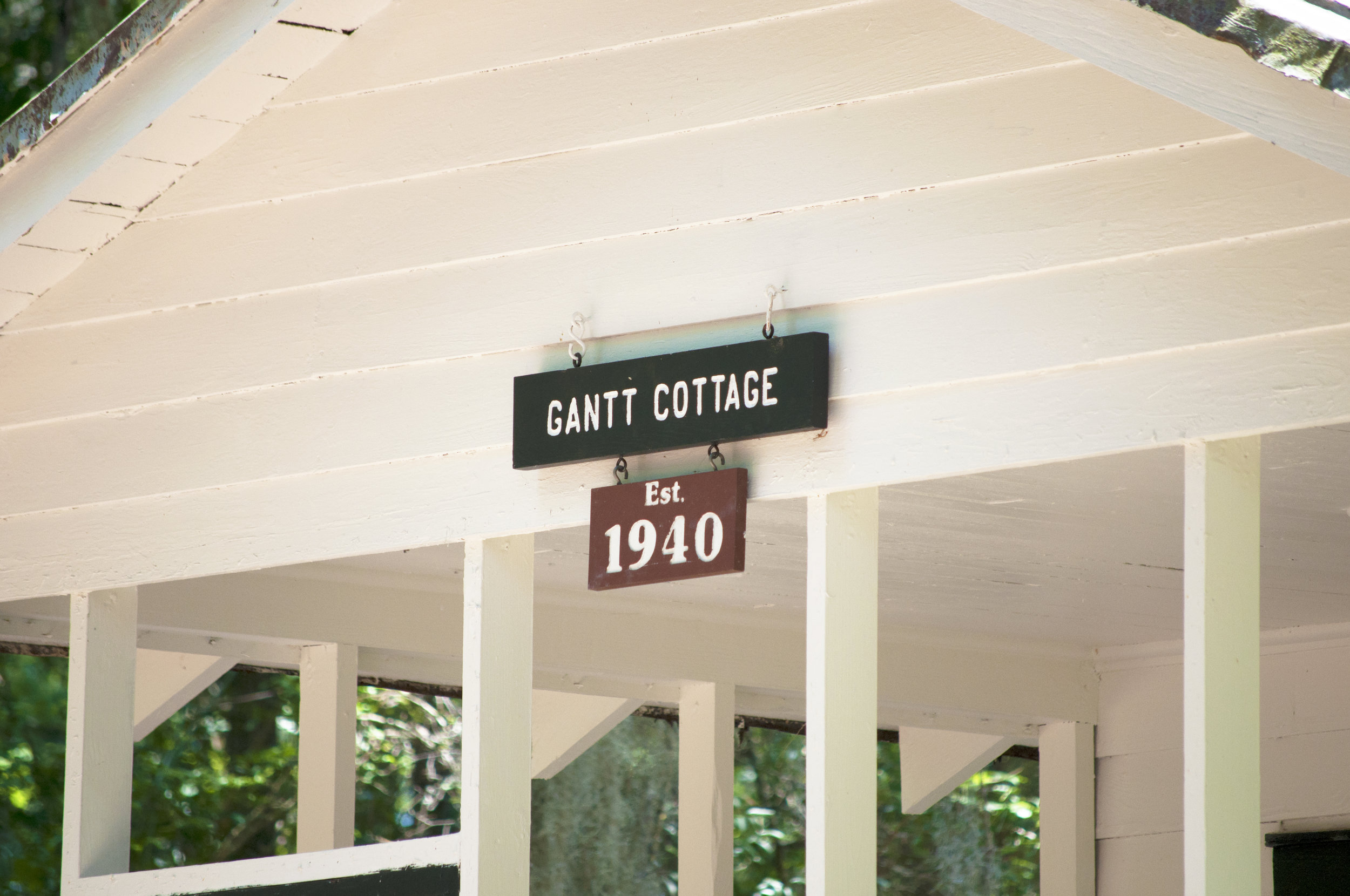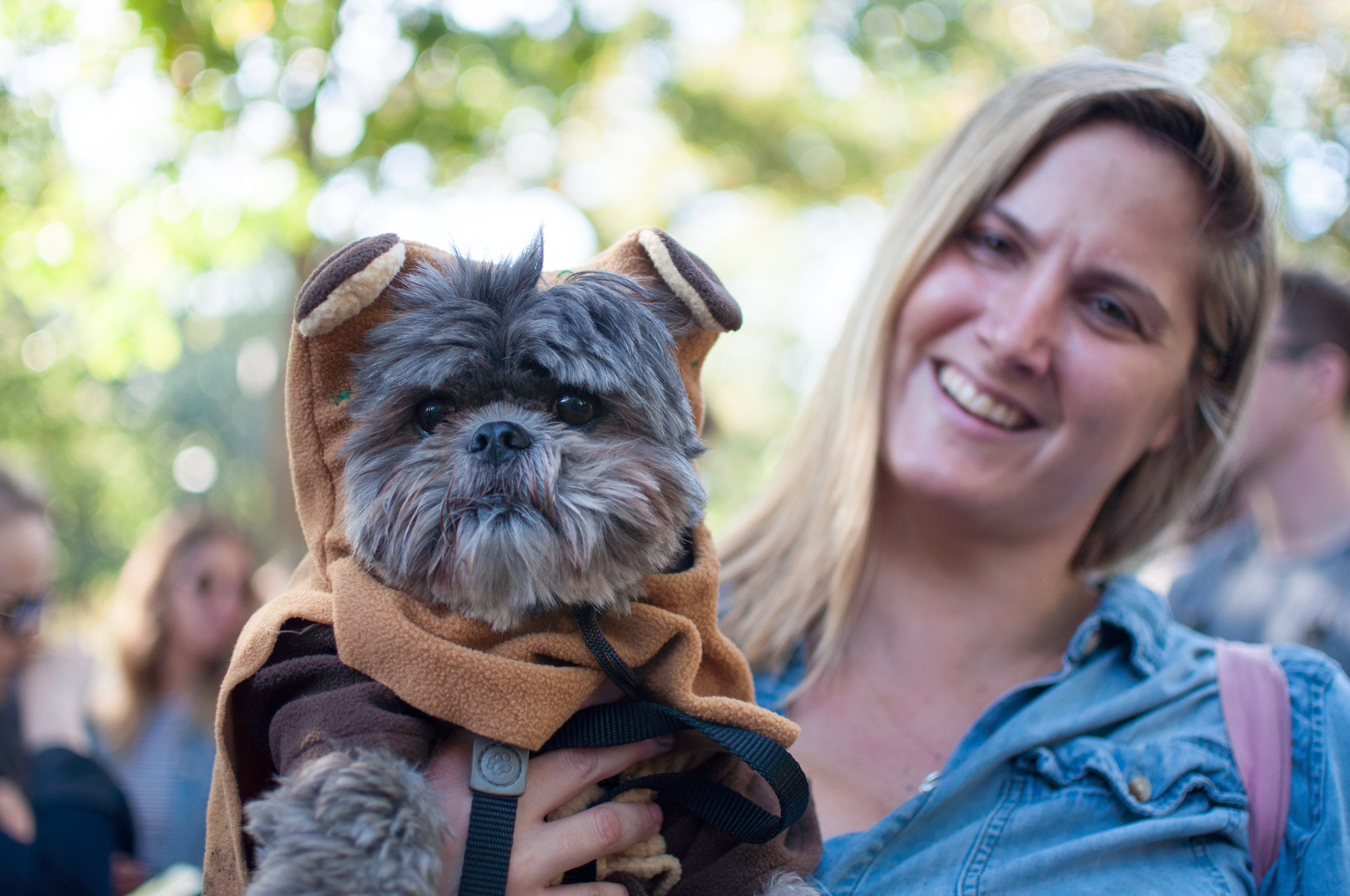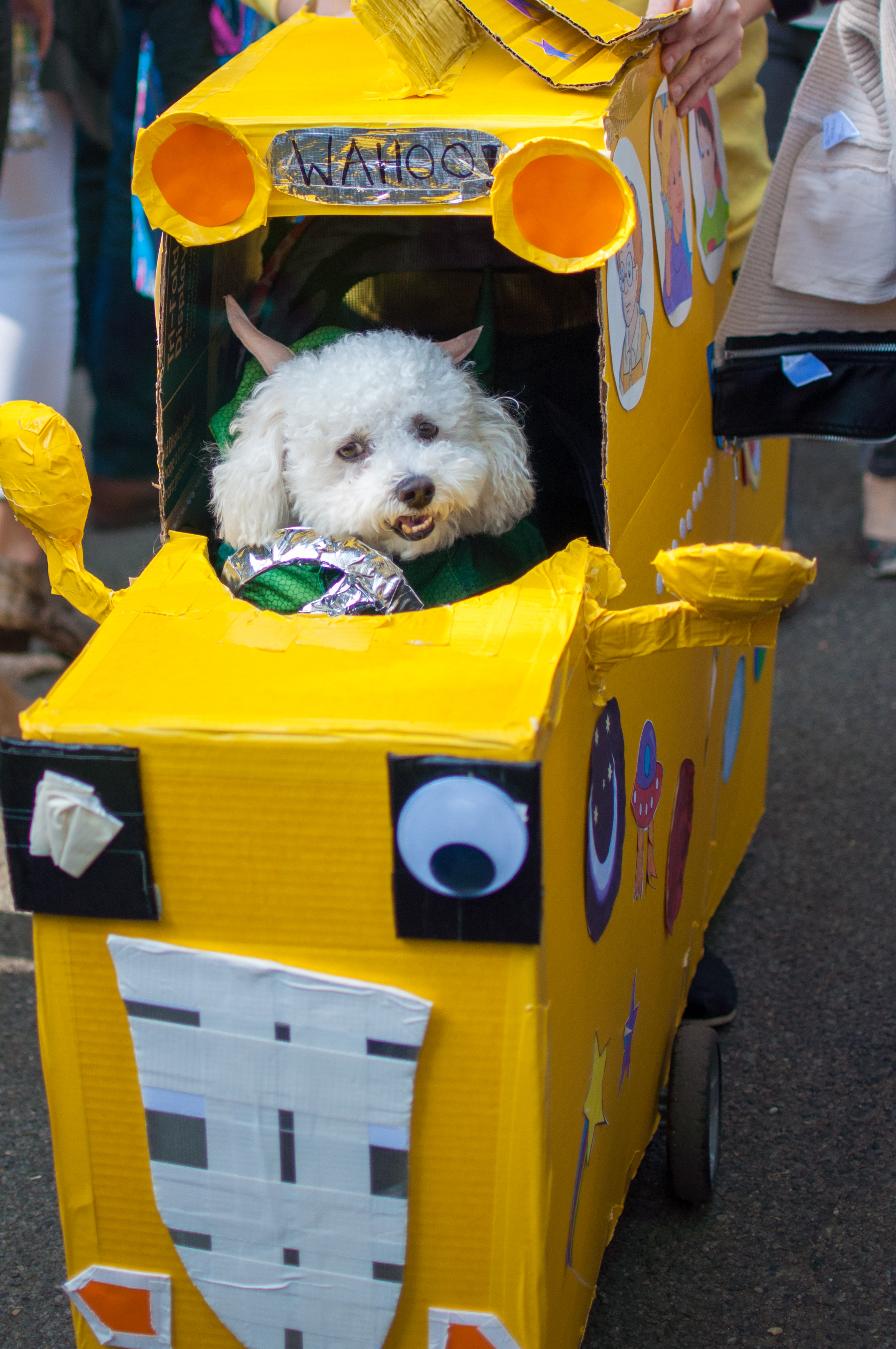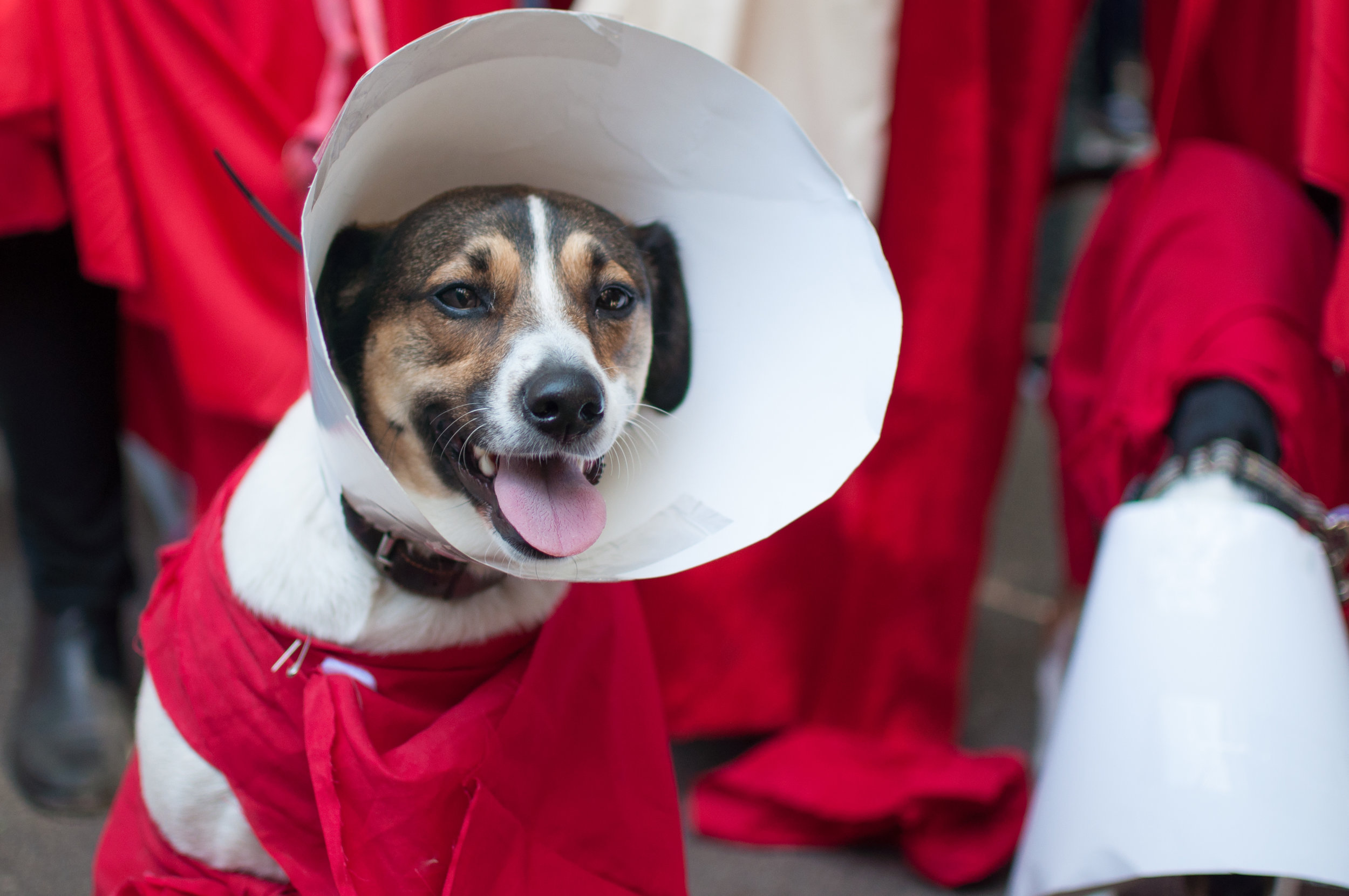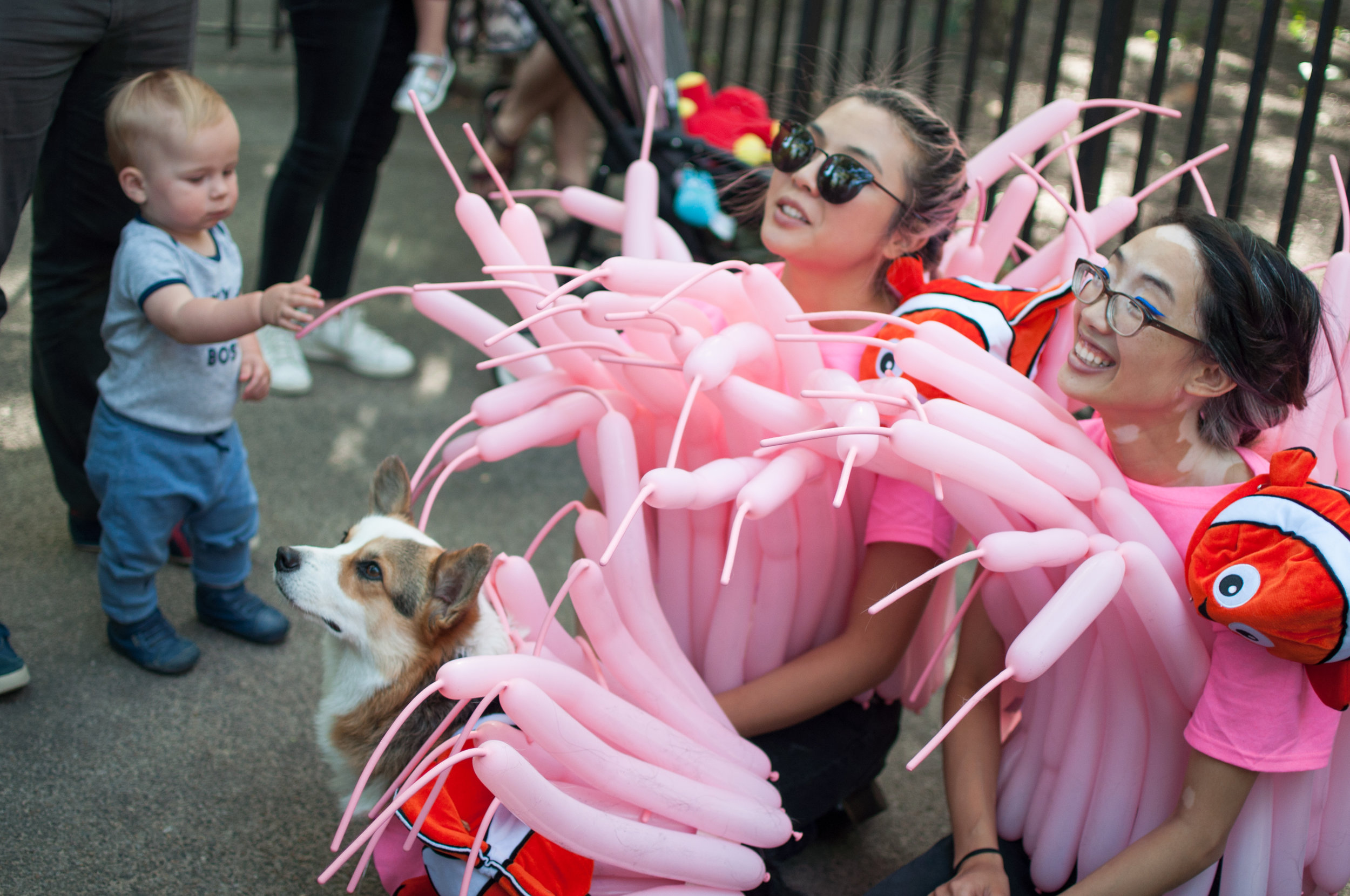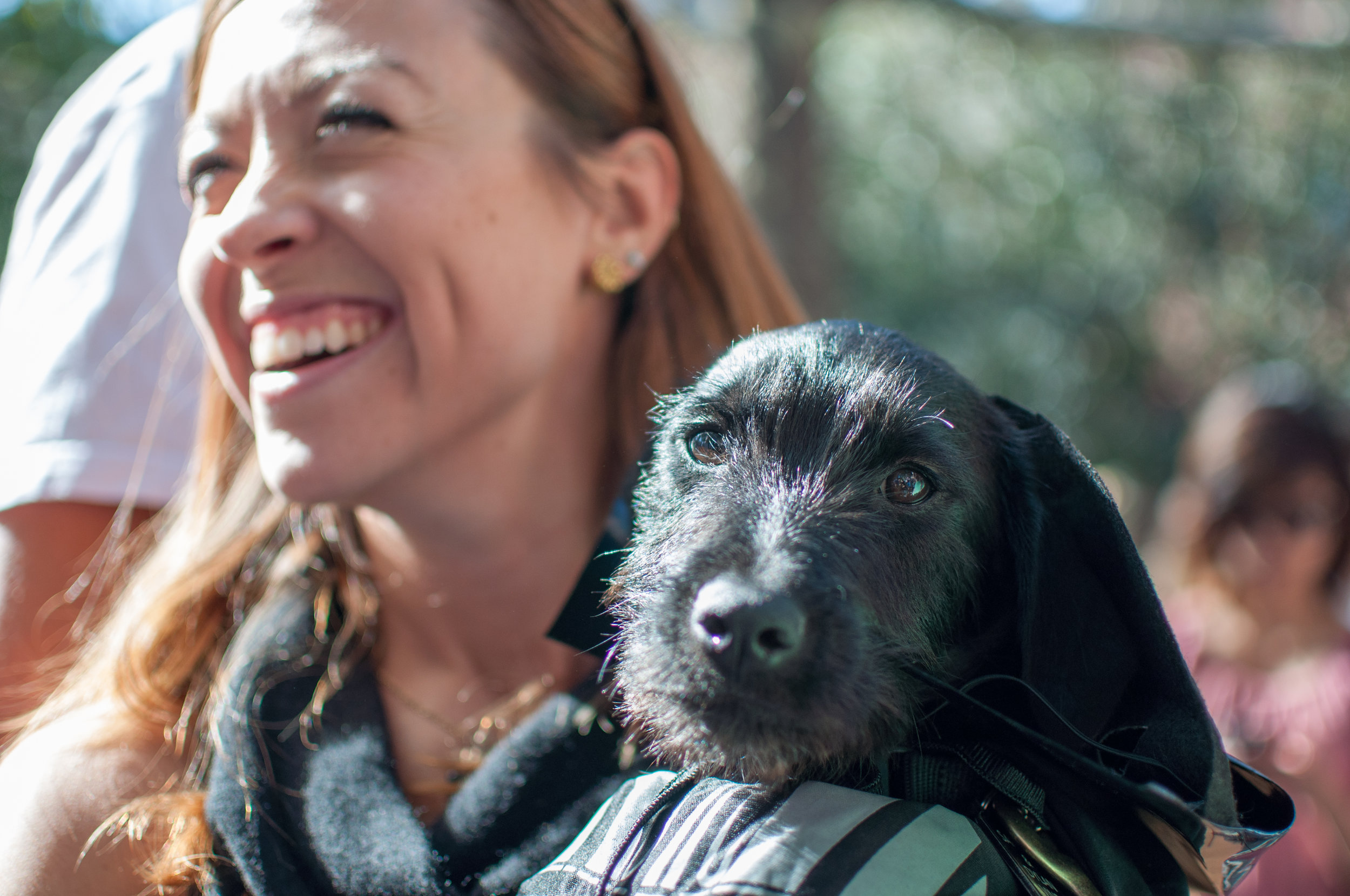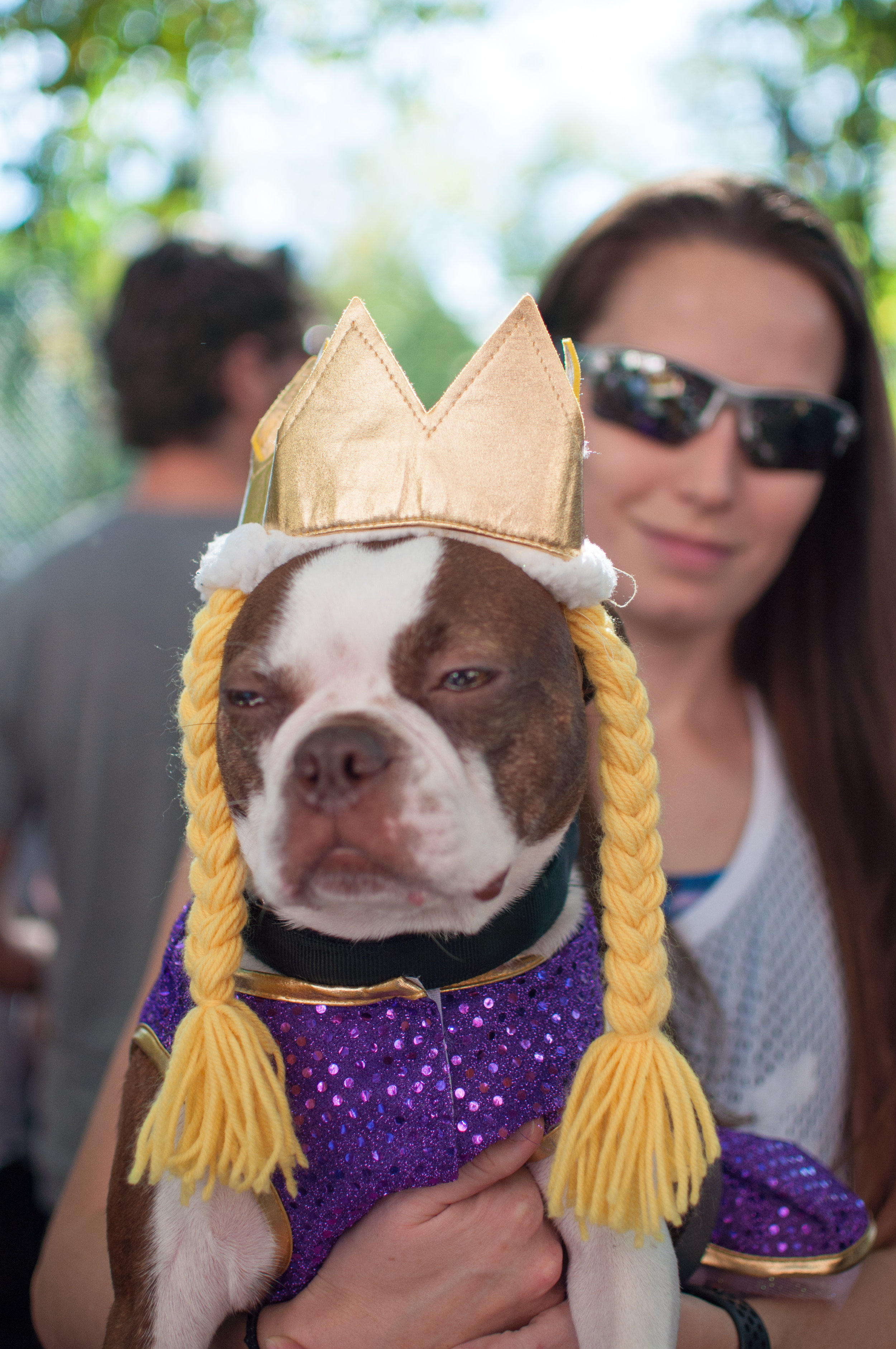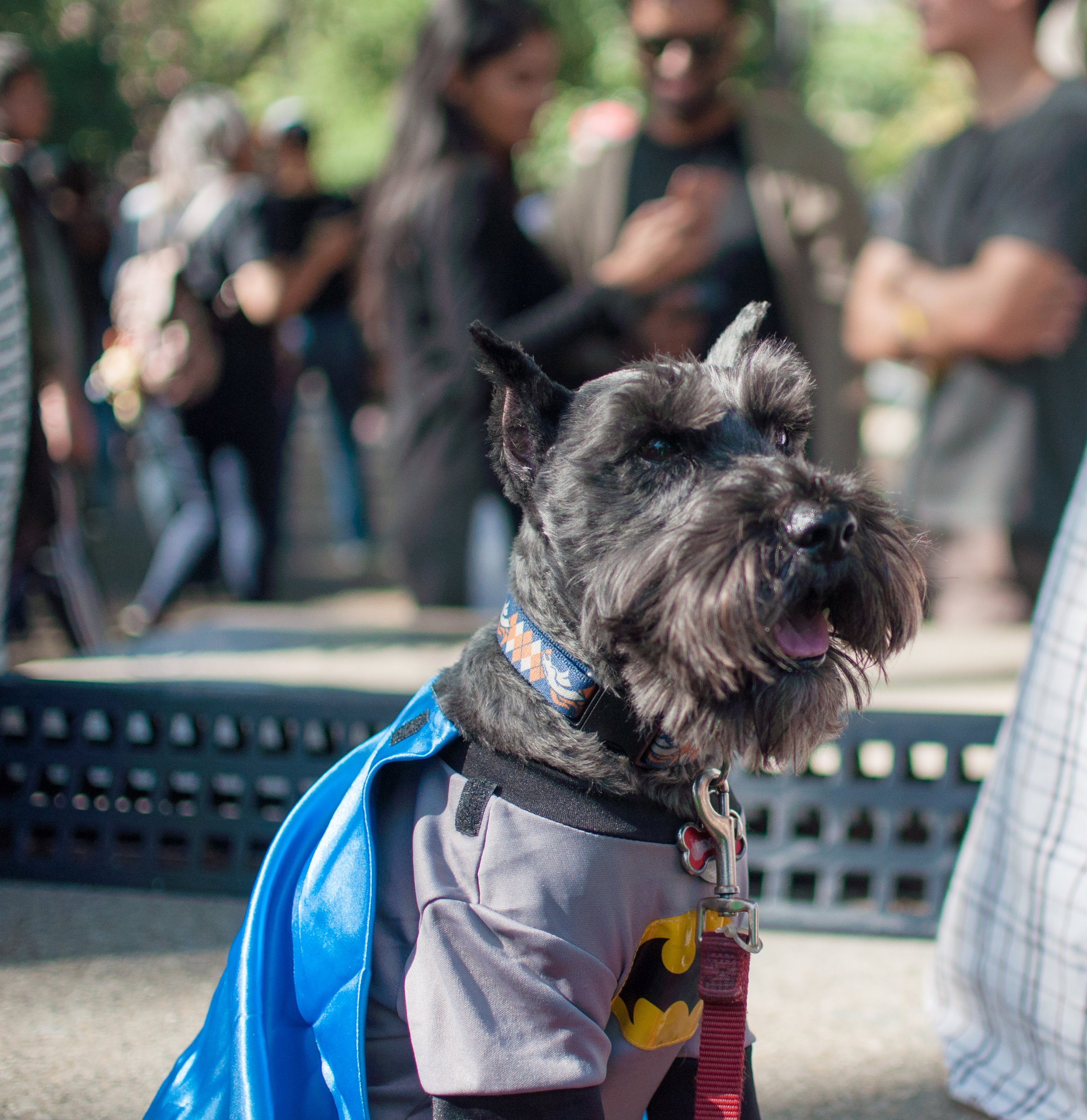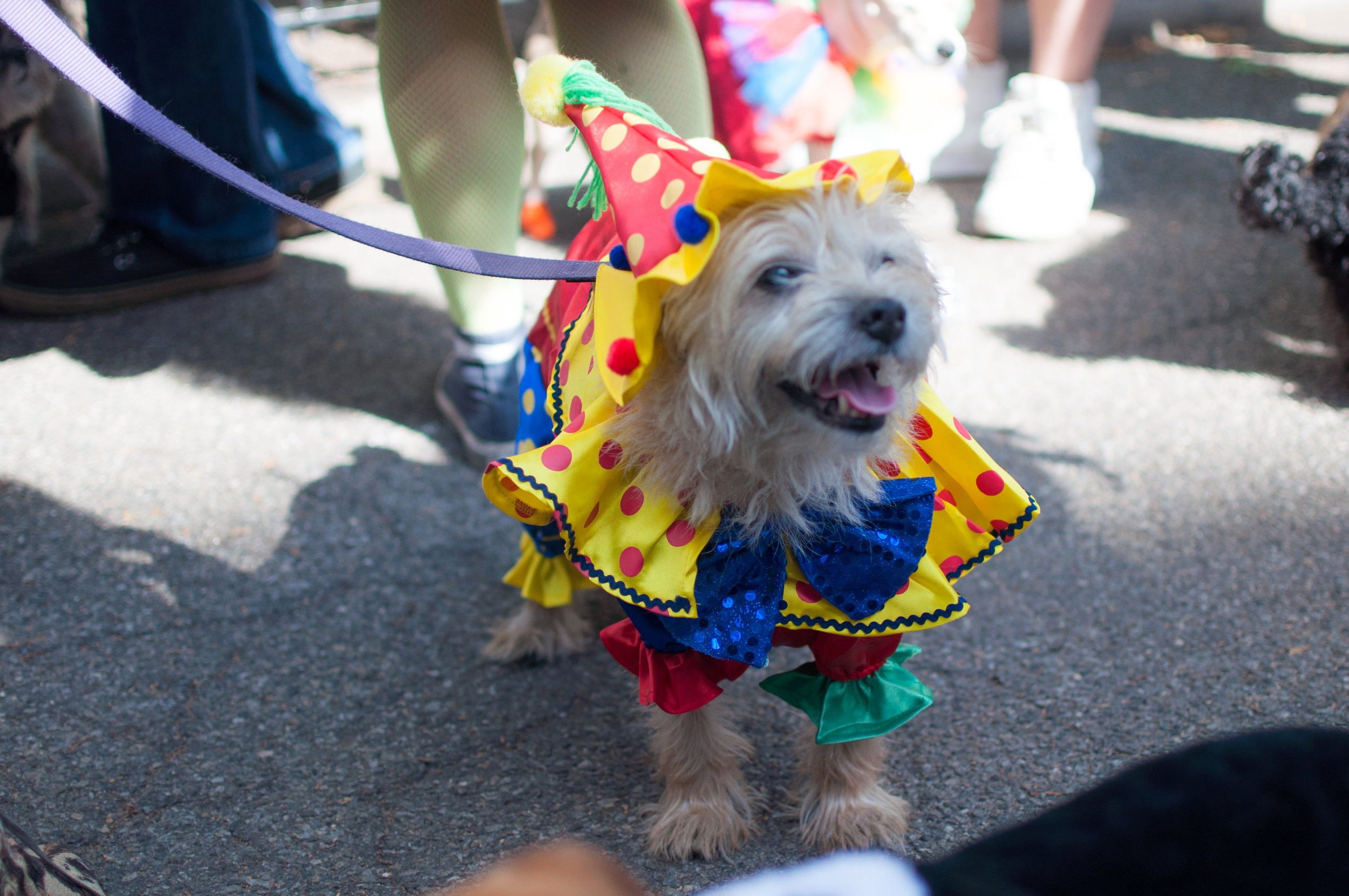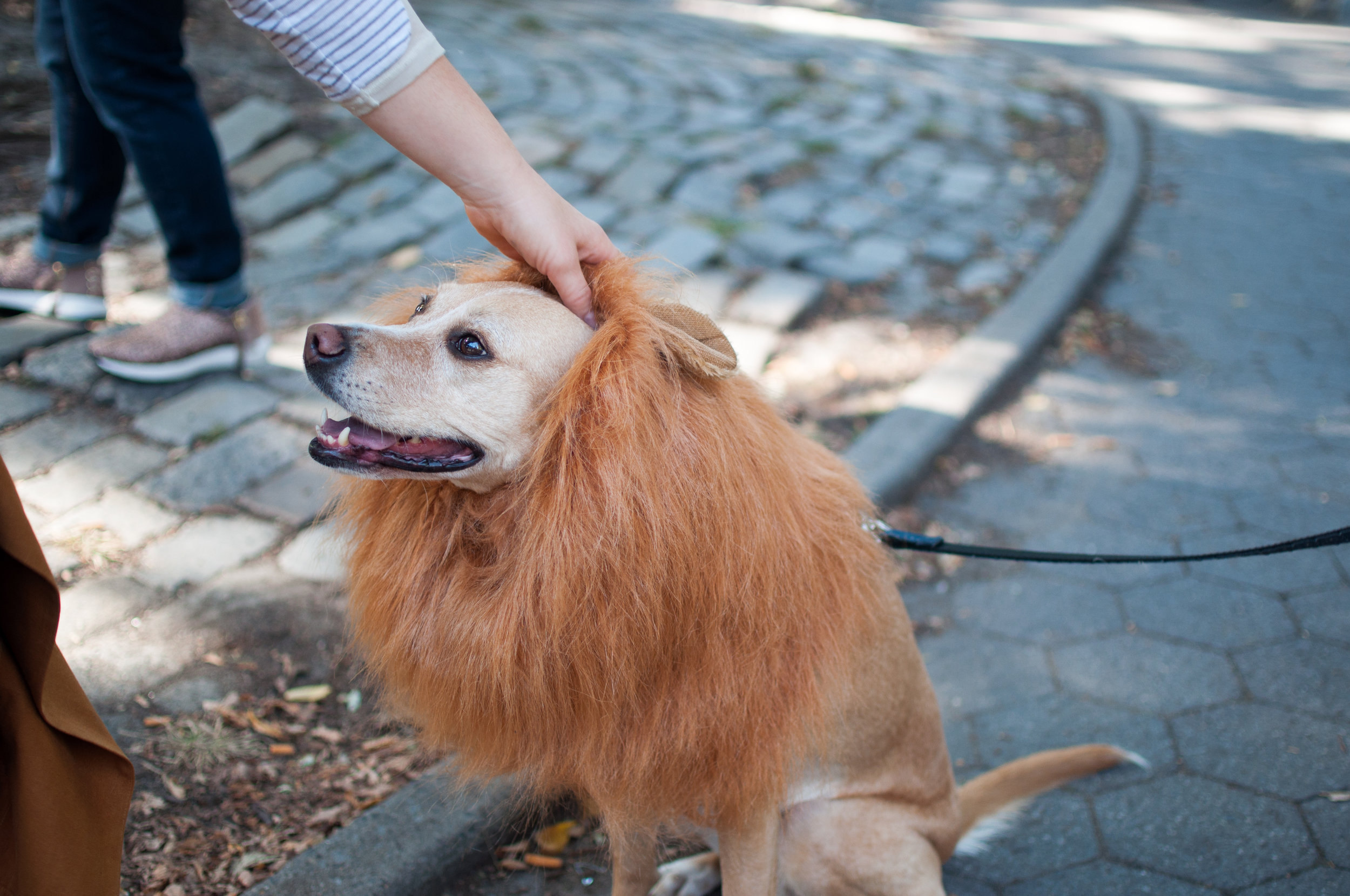Once on this Island, Circle in the Square Theater. Credit: Sara Krulwich/The New York Times.
So I hope that you will tell this tale tomorrow
It will help your heart remember and relive
It will help you feel the anger and the sorrow
And forgive
For all the ones we leave
And we believe
Our lives become
The stories that we weave.
- Lynn Ahrens & Stephen Flaherty, “Why We Tell the Story,” Once on this Island
The Broadway musical Once on this Island tells the story of a Caribbean peasant girl who falls in love with and loses a rich man from the other side of the island. It is a fairy tale: gods who represent elements of Earth, Love, Water and Death orchestrate the story. Ultimately the story shows how love and forgiveness can unite two people from different worlds.
In the current production on Broadway, the show is set in the round - that is, the audience is seated entirely around the stage. As a recent audience member, I was thrilled with the intimacy of being so close to the action. As a lifelong student of mythology and storytelling, I was moved by how this staging choice mimicked the campfires of yore, where our prehistoric ancestors passed down stories about the world around us.
One function of oral tradition and storytelling is to pass down tribal history and values from the older to younger generations. In Once on this Island, this is communicated by company members telling the story to a young girl, who becomes the chief narrator at the end. Oral history, is a branch of storytelling and oral tradition: but in addition to telling the story, oral historians focus on preserving the story (through audio recording and transcription) for future generations.
Back in January, I attended two oral history workshops for writers held by Columbia University’s Oral History Master of Arts department:
- Introduction to Oral History for Writers taught by faculty member Gerry Albarelli and;
- Oral Historian as Guide: Finding Your Voice in Narratives Based on Oral Histories by teaching fellow Nyssa Chow.
Both workshops were incredibly useful in refocusing my mission for FamilyArchive: to protect the legacy of less-studied voices by collecting and preserving family history.
Earning the right to hear the story
Note: When discussing Oral History in academic circles, the terms Oral Historian and Interviewer are interchangeable, as are the terms Narrator or Interviewee. See the Oral History Association for more info.
First, how can I get to the less-studied voices? Gerry Albarelli’s workshop posed the question: How do we, as interviewers, earn the right to hear your (the narrator’s) story? While I am hired by clients to collect their stories, I still want to earn the right to hear your stories. What does earning the right look like, for me and FamilyArchive?
Competence and Practice: Telling my own story
I received my graduate degree in Transformative Language Arts (TLA), a discipline that intentionally uses written, spoken, and sung word for individual and community growth, development, celebration and transformation. The first principle in the TLA Code of Ethics is:
[TLA artists and practitioners will] Continually improve their artistic practice, services, publications and research through relevant continuing education as a TLA artist and facilitator (The Power of Words: A Transformative Language Arts Reader, 282).
For me, practicing written and spoken word for my individual transformation is a necessary step in understanding the challenges the interviewee faces in telling her/his story. Nyssa Chow started her workshop with a quick writing prompt, “I remember that morning…” By asking us to start with that poetic (and potentially loaded) phrase, she invited us get into the same emotional headspace that we ask of our narrators.
I can’t earn your story without knowing how hard it is for you tell it. By writing my personal and family stories, I face the same questions you might in telling your stories: is it important, does it matter, am I saying too little or too much? By publishing my stories on this blog and elsewhere, I aim to show you my competence and craft as a memoir and family history writer.
Solicit Memories that Matter
Being Present and Prepared
Another way I earn your story is by being present and prepared. This also leads to a guiding principle for good oral history interviews, articulated by Nyssa Chow: solicit memories that matter. Chow told us about an interview she conducted, where the narrator reminisced about stories from his childhood that had “a touch of the macabre.” As an active listener, she was able to make a mental note of that odd turn of phrase, and return to it as an unconscious invitation from the narrator to hear more.
Gerry Albarelli also discussed the importance of being present and how the story knows more than the storyteller.
When the interviewee is remembering all in a rush the rhythms know where they want go, some of the direction of the interview has been taken out of your hands. It will ask your for help when it needs your help, when it returns from this heightened state and heightened language to the ground and to ordinary language (The Art of the Oral History Interview, Part 2, The Telling Lives Oral History Curriculum Guide).
A story of genuine import can be told when the storyteller forgets there’s an audience and tells the story almost to herself. A few years ago, my husband Curtis recorded a series of interviews with his grandmother Sandy. At first she was reluctant, and even now after completing her family history book, she would probably still say she doesn’t have much to say.
But a story that especially stood out to me was one she told from being a pre-teen during World War II in Indianapolis, growing up with two Jewish families on the street. While the conversation initially moved on, Curtis eventually came back to it after Sandy talked about the war ending. Being prepared to discuss World War II, as he knew that Sandy had lived through it as a child, Curtis asked what it was like to have Jewish friends during the war. While Sandy had only learned what happened in Europe after seeing the post-war pictures from Life magazine, she did recall this story:
Much later in my life I thought about having Jewish friends during the war. There was one incident. Leah Schiff* and I were walking home from the drugstore one night and it was during the summer, it was late, it was dark. And we just got about just to her house when these boys came out from somewhere. There were four of them. I'd never seen them before but they were maybe fourteen, fifteen, I don't know. We were around eleven, twelve, something like that. And they started jumping on us. And they started calling her names. Well, I started I guess, but I start hitting, because I kept saying "she's not, don't call her that, don't call her that." And they started beating up on me and Leah ran to get her mother and her grandmother. The boys went away as soon as Mrs. Schiff came out. They ran away and I never saw them again. The Schiffs picked me up and took me in the house and Leah was crying, Aaron was crying and they patched me up and cleaned me up and Mrs. Schiff said, “do you want me to walk you home?” And I said, “well no,” because we just lived kinda catty corner. So I went home, and it was summer, the screen door was open, Daddy was sitting there reading and Mom was doing something and I came in and I wasn't crying or anything, I was mad. And I stood in front of my dad and I said "Look at me!" I said, "My hair is gone out of my head,” because they had pulled my hair. I was bruised, my knees are bloody, my blouse is torn, and I said “these boys beat up on me!” And Dad just looked up and said, "you'll get over it." And Mom kinda laughed and said, "well, I'll fix you a hot bath." But that's the only thing that ever happened.
*Names have been changed.
Oral history is about life as it’s lived. The stories we record may not be what you find in history textbooks, but it’s visceral and (in my mind) the stuff that matters. Albarelli emphasized trying to elicit anecdotes and sensual language (meaning language that comes from the senses). The concrete storytelling we get from being present and prepared are the detailed histories that will communicate to generations beyond ours.
Earn the right to retell the story
Since the Columbia University Oral History workshops that I attended were geared toward writers, they both emphasized how we, as writers, have to earn the right to retell the story that’s been collected from our oral history interviews.
Consider the narrator
By showing us a number of examples from literature, histories, documentary and visual art, Chow made us consider: what story is the narrator telling, and whose voice should be telling the story? While at FamilyArchive, we discuss with our clients in advance what stories they want to highlight, the stories that come out during an oral history recording session may be surprising and take on new meaning. Take Sandy’s story above: it wasn’t a story that Curtis had ever heard before, and thus didn’t know to ask about. Most likely it wasn’t a story that Sandy had thought to tell. But when she did, it made the most sense to leave it as unedited as possible, even in the final book. There were portions of the interview series that made more sense to summarize, and genealogy research that we included in third-person voice. What we always try to do is find the best voice to tell your story.
Create a new context
Albarelli emphasized creating a new context, like using the interviews as a springboard to tell a wider story that integrates research and other sources; or bringing different interviews together to read like a play. In the post #myaapistory: “our plan was to be together” I recorded the two interviews separately, then spliced the interviews together, like the narrators were having a conversation. Through FamilyArchive I also create new contexts with the final products, preserving your story coupled with relevant photographs and research, in a way that can be transmitted from the here and now down through the generations.
We tell and record oral history to communicate to the future. A.J. Jacobs said in his new book on genealogy, “What affects me emotionally isn’t seeing the ground where my ancestors’ bones lie. It’s hearing the tales, seeing their images, reading their words. It’s learning about the nickels they strewed on the ground for loved ones” (It’s All Relative). My goal with FamilyArchive is to help record the stories that will connect you to the people you have yet to meet.
Unless otherwise noted, I have no connection with the books, movies, exhibits, workshops or productions described and have not been compensated for their mention here. This post may contain affiliate links which we earn commission on if you make a purchase.













